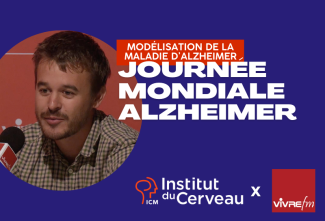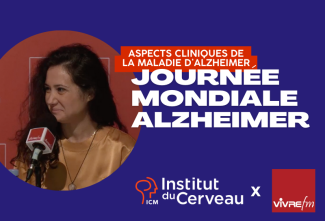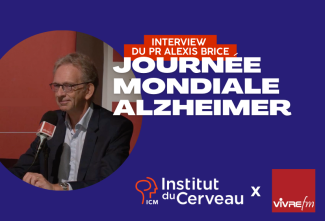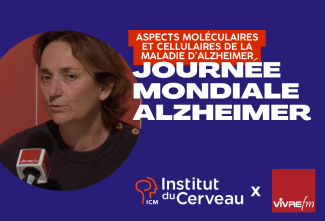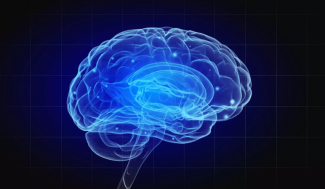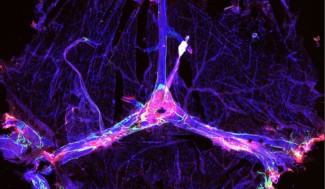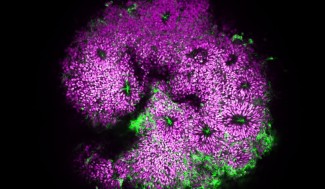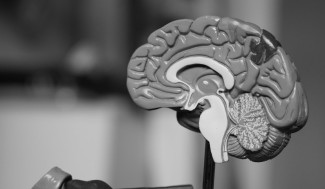Treatments
Once the patient has been diagnosed, his or her care is multidisciplinary: medical, psychological and social.
Two types of drug treatments are currently validated and available for Alzheimer’s disease and have been shown to be effective, although only modestly. They help stabilize symptoms and temporarily slow the progression of the disease.
Among non-drug treatments, cognitive stimulation by specialized Alzheimer teams and speech therapists is important to strengthen the brain to help it cope with the disease and find palliative solutions to the disability that has been generated.
Speech therapy sessions can help the patient especially with memory and language and to develop strategies to overcome difficulties.
Regardless of the type of cognitive impairment, patients are encouraged to engage in intellectual and physical activities: diversifying activities, engaging in intellectual activities that patients are not accustomed to doing. There is also a need to think about "simple" activities in which patients succeed. Cognitive rehabilitation/remediation management helps patients in the early stages of illness to boost and strengthen residual capacities.
Social and psychological aspects are paramount in care and treatment. It is necessary to support the patient and his relatives because this disease has an impact on the whole family. Social assistance must be introduced fairly early, with a key word: anticipation.
Alzheimer research is a very active field. Several trials to test different treatments are currently underway. Trials to destroy the major damage in the brains of people with Alzheimer’s disease, amyloid plaques, have been set up, with contradictory results so far. No noticeable and lasting improvement in symptoms is observed even if the number of plaques decreases. One possible reason for this failure is that the patients in the trial are too advanced in their disease. Amyloid plaques are the submerged part of the iceberg and are present about 10 years before symptoms appear.
Today, more and more prevention trials are underway in which these plaques are targeted at very early stages of the disease, when symptoms are very mild or even non-existent.
Other Alzheimer treatments are being developed that target different components of the disease, such as the toxic Tau protein, neuroinflammation or oxidative stress. These treatments for Alzheimer’s disease are still in their infancy, but they are certain to become increasingly tolerated and effective.
At Paris Brain Institute
Most of the approaches developed for the management of neurodegenerative diseases focus on slowing the progression of the disease and/or treating the associated symptoms. Philippe Ravassard’s group at Paris Brain Institute is working on the construction of human cellular models for the development of restorative therapies. Induced pluripotent stem cell (iPSC) technology makes it possible to obtain lines of neurons from skin (or blood) cells of patients that will have all the characteristics of neurons present in the brains of Alzheimer’s patients.
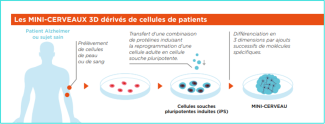
These models make it possible to have neurons in culture that reproduce the characteristics and specificities of the disease. They are a powerful tool to identify new therapeutic targets, to test their effectiveness at different stages of the disease (Tau-type degenerative lesions, β-amyloid plaques…).


